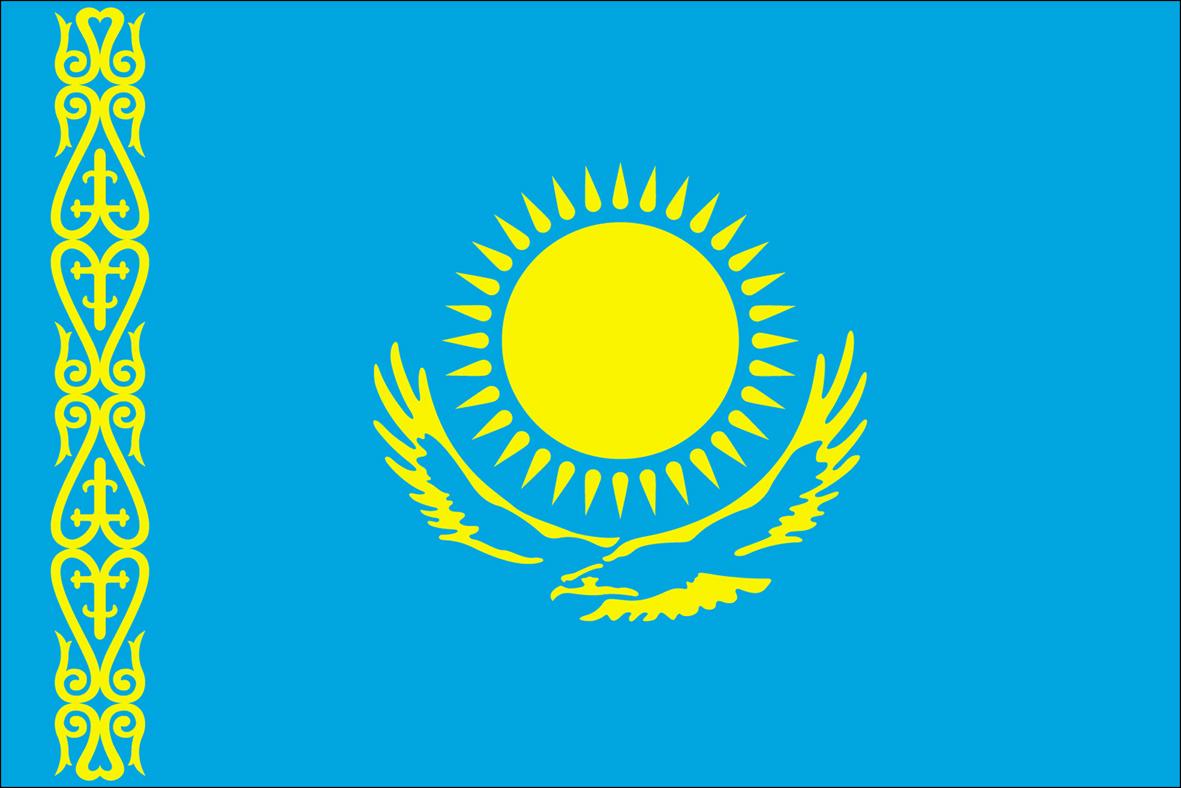Religions and Religious Movements
Religions moved along the Silk Roads with the passage of goods, spreading beliefs and traditions throughout Asia and beyond. Religions varied from tribe to tribe among the nomads of the steppes, although there were many features in common. In the countries of southern and western Asia, Manichaeism, Zoroastrianism, Hinduism and Christianity were widely followed until the advent of Islam, in the early seventh century, resulting in the conquest of the region by Islamic armies and the resulting dissemination of the religion.




